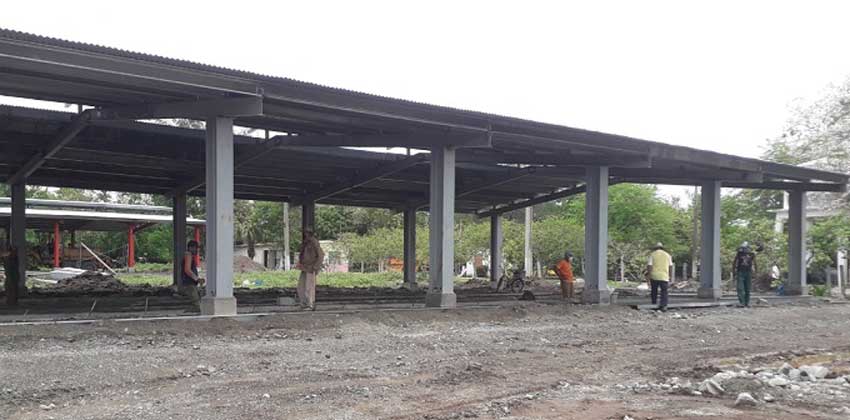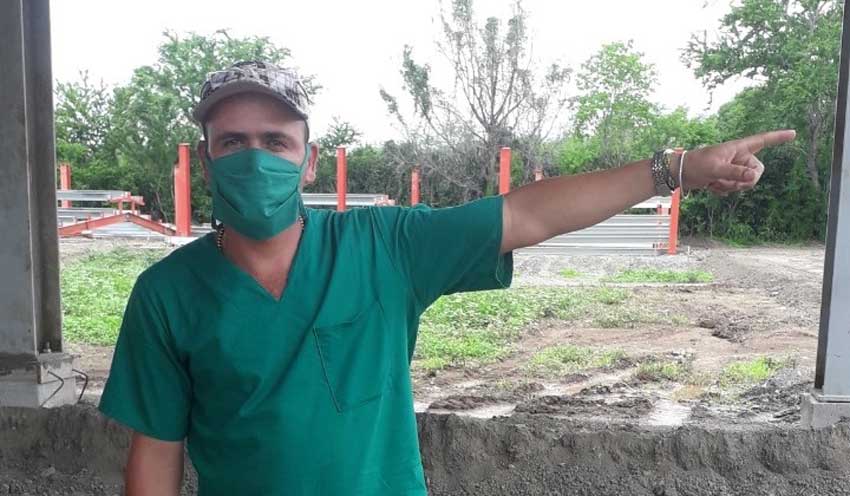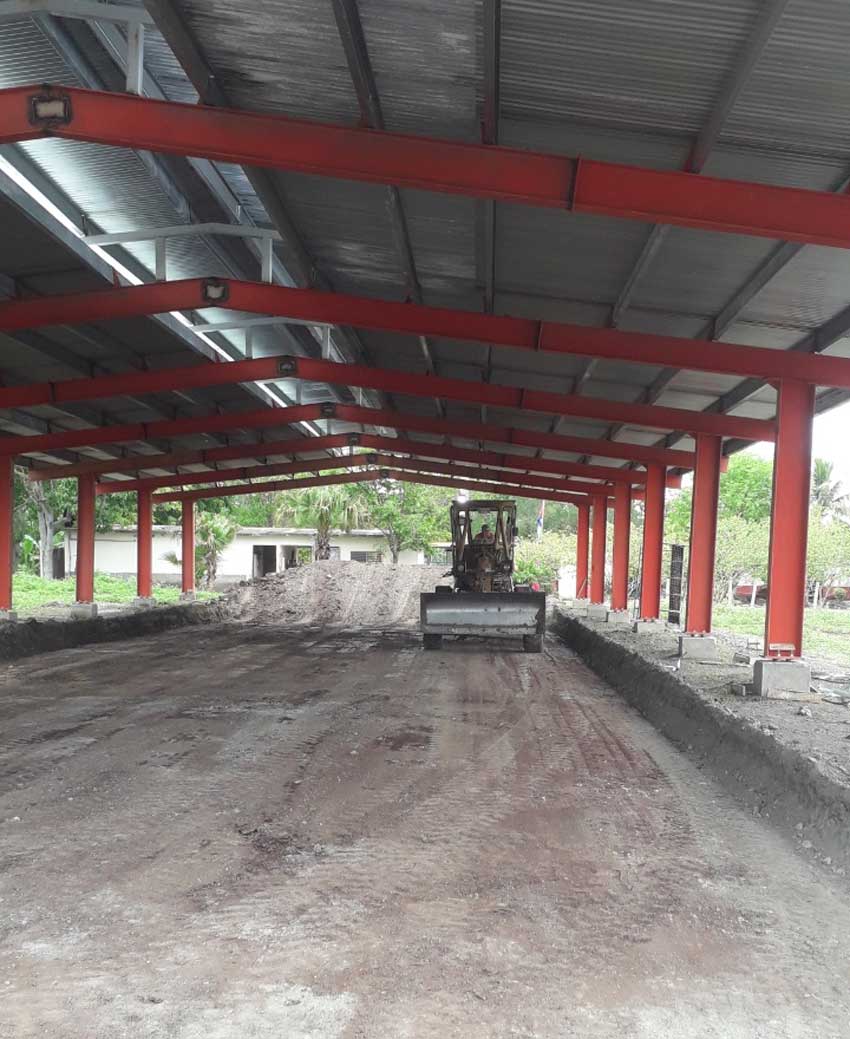
Self-sufficiency in egg production is a longing that begins to see the light at the end of the tunnel.
Las Tunas, Cuba.- In order to achieve greater production and that fewer are imported from other territories, an investment process is developed to build, this year, another four poultry ships in the José Mastrapa farm, located in La Larga, in this capital municipality.
During 2019, within the investments made by Agriculture in this territory, poultry production benefited from three ships located in the José Mastrapa base business unit (UEB). For this calendar, the transformation process in the company is expanded with four other buildings on the said farm, which with the increase in hens per premises, together with the results of other farms, will guarantee that of the 19 million eggs that are annually imported from other territories, only 11 million are brought.
Expectations of increased egg production grow along with the buildings. Dr. Lizandro Segura Meriño, director of the aforementioned UEB, told 26Digital that with the incorporation of the three ships completed in 2019, the birds can produce in a fiscal year about 3.8 million more eggs. In 2020, it will only be about 2.9 million, since the layers will come into operation from this month.

2020 will also bring renewed challenges to the “José Mastrapa”. Another investment process is taking place there, this time with four new premises, in order to achieve the possibility of having around 100,000 birds.
Accordingly, the manager stated that 30 thousand animals will be added to the capacity of food production in these spaces, so they will obtain a total of five million eggs.
The facilities, already roofed, have a civil completion date for the month of July and according to their director, "now they will begin the technological phase, which depends largely on imports, since only feeders and water tanks are manufactured in Cuba. There are missing the nipple drinkers, ideal for birds, and cages, which in most cases are made in Holguín or Havana with imported wire.
"Exceeding the efficiency levels is what remains from the start-up of the investments," said Segura Meriño, "because if the indices continue to behave favorably, we can contribute much more to the prioritized sectors and the basic basket."
If the construction process continues at a good pace, by 2021 only five million eggs will be moved from other regions and, by 2022, Las Tunas must be self-sufficient in this area, meeting the demand of 70 million per year.






